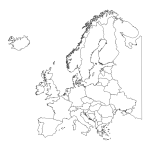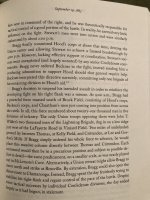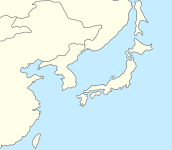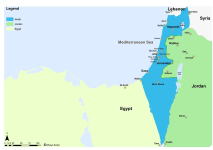Jackson Lennock
Well-known member
A Map Thread seemed a good idea.
Here is my first - the Russo - Japanese Compromise of 1904 in the year 1912. Russia's demand for a neutral zone in Korea north of the 39th Parallel is responded to by Japan with a counteroffer: "Sure, if you give us Southern Sakhalin." Russia responds with a further demand that Northern Korea be recognized as Russian in influence and to include the mouth of the Taedong in the Russian Zone.
Later, the Gando Convention results in Russia negotiation for Korea gaining much of the lands which belonged to Balhae (conveniently putting the Southern Manchuria Railroad in Russia's client state). Shortly afterwards, Korea sells portions of the Liaodong Peninsula north of Russian Port Arthur to Russia. Japan declares Southern Korea annexed to Japan in 1910, with the Empire of Korea's Capital moving to Pyongyang. Then with the Xinhai Revolution, Russia gobbles up much of the remainder of Manchuria. Since 1911, there has been sizable migration of Koreans from Japanese Korea to the Korean Empire.
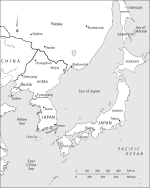
Here is my first - the Russo - Japanese Compromise of 1904 in the year 1912. Russia's demand for a neutral zone in Korea north of the 39th Parallel is responded to by Japan with a counteroffer: "Sure, if you give us Southern Sakhalin." Russia responds with a further demand that Northern Korea be recognized as Russian in influence and to include the mouth of the Taedong in the Russian Zone.
Later, the Gando Convention results in Russia negotiation for Korea gaining much of the lands which belonged to Balhae (conveniently putting the Southern Manchuria Railroad in Russia's client state). Shortly afterwards, Korea sells portions of the Liaodong Peninsula north of Russian Port Arthur to Russia. Japan declares Southern Korea annexed to Japan in 1910, with the Empire of Korea's Capital moving to Pyongyang. Then with the Xinhai Revolution, Russia gobbles up much of the remainder of Manchuria. Since 1911, there has been sizable migration of Koreans from Japanese Korea to the Korean Empire.

Last edited:


